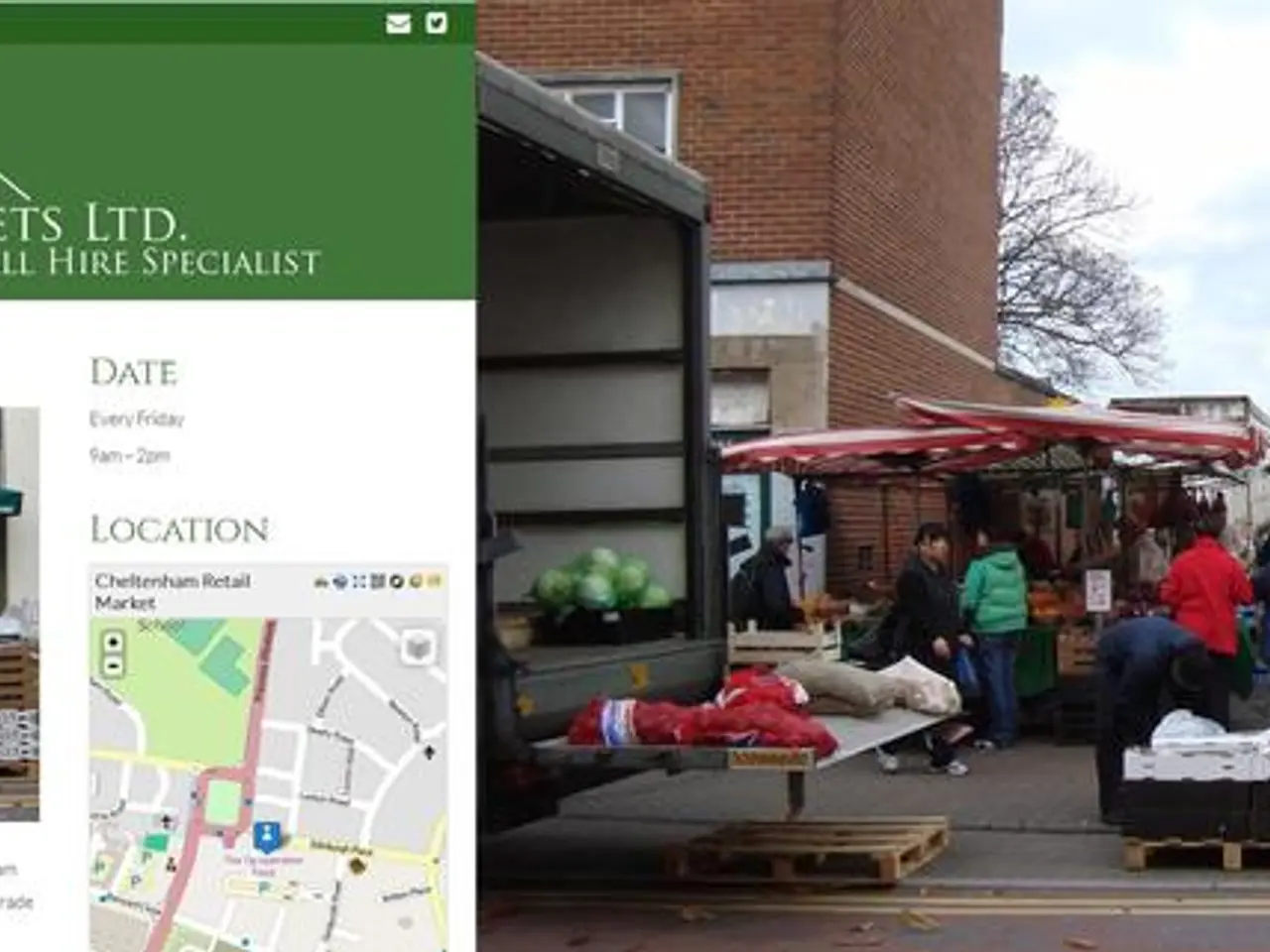Strategies to Draw Abundant Spa Clientele: Key Approaches for Attracting visitors to Spas
In the rapidly evolving world of wellness, spas are integrating technology to create a seamless and innovative service experience. From booking software and virtual reality relaxation to LED therapy, infrared saunas, and automated massage chairs, these advancements not only offer convenience but also innovative service offerings that cater to a diverse clientele.
Tourists, in particular, enjoy a blend of exotic services reflecting local culture, making spa visits an integral part of their travel experiences. To further attract and retain customers, spas are also catering to individuals seeking mental, emotional, and physical well-being through wellness programs.
Understanding one's ideal clients is crucial for effective strategies in a spa business. By segmenting customers based on age, location, lifestyle, income, and purchasing behavior, spas can tailor their marketing and service offerings to meet the unique needs and preferences of each client segment.
1. **Define and segment your ideal client profile precisely:** Analyse existing customers to understand their booking methods, visit frequency, treatment preferences, and motivations. Use these insights to create clear client segments and tailor messaging accordingly.
2. **Customize your marketing messages and offers:** Send personalised campaigns based on client segments. For instance, promote facials to frequent facial clients and massage discounts to those who visit monthly for massages. Relevant, targeted communication boosts engagement and conversions.
3. **Leverage digital tools and channels efficiently:** Use online booking and Google Business Profiles to increase ease of access and visibility. Employ social media platforms like Facebook, Instagram, and TikTok to build awareness with targeted ads, educational posts, and influencer partnerships. Retarget visitors who didn’t book with special offers to keep your spa top of mind.
4. **Implement loyalty and referral programs:** Reward loyal customers and set up structured referral incentives to encourage repeat visits and new client acquisition, enhancing word-of-mouth marketing.
5. **Expand offerings to attract new segments and increase engagement:** Introduce complementary services or retail products to create multiple touchpoints and revenue streams, catering to varied customer needs and budgets. Offer workshops or classes (such as skincare tutorials) to engage customers unfamiliar with your spa, providing a soft introduction that can convert to regular bookings.
6. **Continuously update your client data and adapt strategies:** Regularly review and refine your client profiles to reflect changing behaviours and preferences, ensuring that your marketing and services remain relevant and effective.
By applying these strategies, a spa can effectively target specific customer segments with personalised, behaviourally informed marketing and service offerings, leading to increased bookings, loyalty, and business growth.
A spa's success depends on the variety of services offered, with offerings like massages, facials, and aromatherapy attracting a broad clientele. Identifying key customer segments, such as working professionals, retirees, brides and grooms, fitness enthusiasts, and tourists, is essential for tailoring services and marketing efforts to meet their unique needs. Embracing wellness and holistic treatments like meditation sessions, yoga classes, and nutrition counseling expands the clientele.
Providing excellent customer service and offering referral incentives encourages satisfied clients to spread the word and refer new clients. Fitness enthusiasts prefer services like sports massages and detox treatments, while brides and grooms need packages that include pre-wedding facials and massages. Demographics to consider include age, income, and location. Investing in technology attracts tech-savvy clients seeking unique relaxation options.
Targeted ads via Google Ads and Facebook Ads can focus on specific age groups and locations, while hosting local events can increase brand visibility and allow potential customers to experience services firsthand. Location plays a crucial role in attracting customers to a spa, with a spa situated in a busy urban area drawing working professionals looking for quick relaxation. Urban areas might attract younger professionals, whereas suburban regions may have more families and retirees.
Digital marketing, including social media, targeted ads, and SEO, can increase online visibility, reach a broader audience, and attract more clients. Traditional methods like flyers, print ads, and radio spots can effectively reach local customers and increase community awareness.
In conclusion, by understanding their ideal clients and tailoring their marketing and service offerings to meet their unique needs and preferences, spas can attract and retain a diverse clientele, ensuring business growth and success.
- As you define and segment your ideal client profile, analyze the booking methods, visit frequency, treatment preferences, and motivations of existing customers to create distinct client segments and tailor messaging accordingly.
- To boost engagement and conversions, customize your marketing messages and offers by sending personalized campaigns based on client segments, such as promoting facials to frequent facial clients and massage discounts to those who visit monthly for massages.
- Leverage digital tools efficiently to increase access and visibility, employing online booking, Google Business Profiles, social media platforms, targeted ads, educational posts, influencer partnerships, and retargeting visitors who didn’t book with special offers.
- Implement loyalty and referral programs to reward loyal customers and encourage repeat visits and new client acquisition through structured referral incentives.
- Expand offerings to attract new segments and increase engagement by introducing complementary services or retail products to create multiple touchpoints and revenue streams, such as hosting workshops or classes like skincare tutorials.
- Continuously update your client data and adapt strategies to reflect changing behaviors and preferences, ensuring that your marketing and services remain relevant and effective, catering to a diverse clientele comprising tourists, working professionals, retirees, brides and grooms, fitness enthusiasts, pet owners, and car enthusiasts, among others. This continuous improvement will lead to increased bookings, loyalty, and business growth in areas such as fashion-and-beauty, food-and-drink, home-and-garden, education-and-self-development, personal-growth, shopping, relationships, travel, and career-development.




